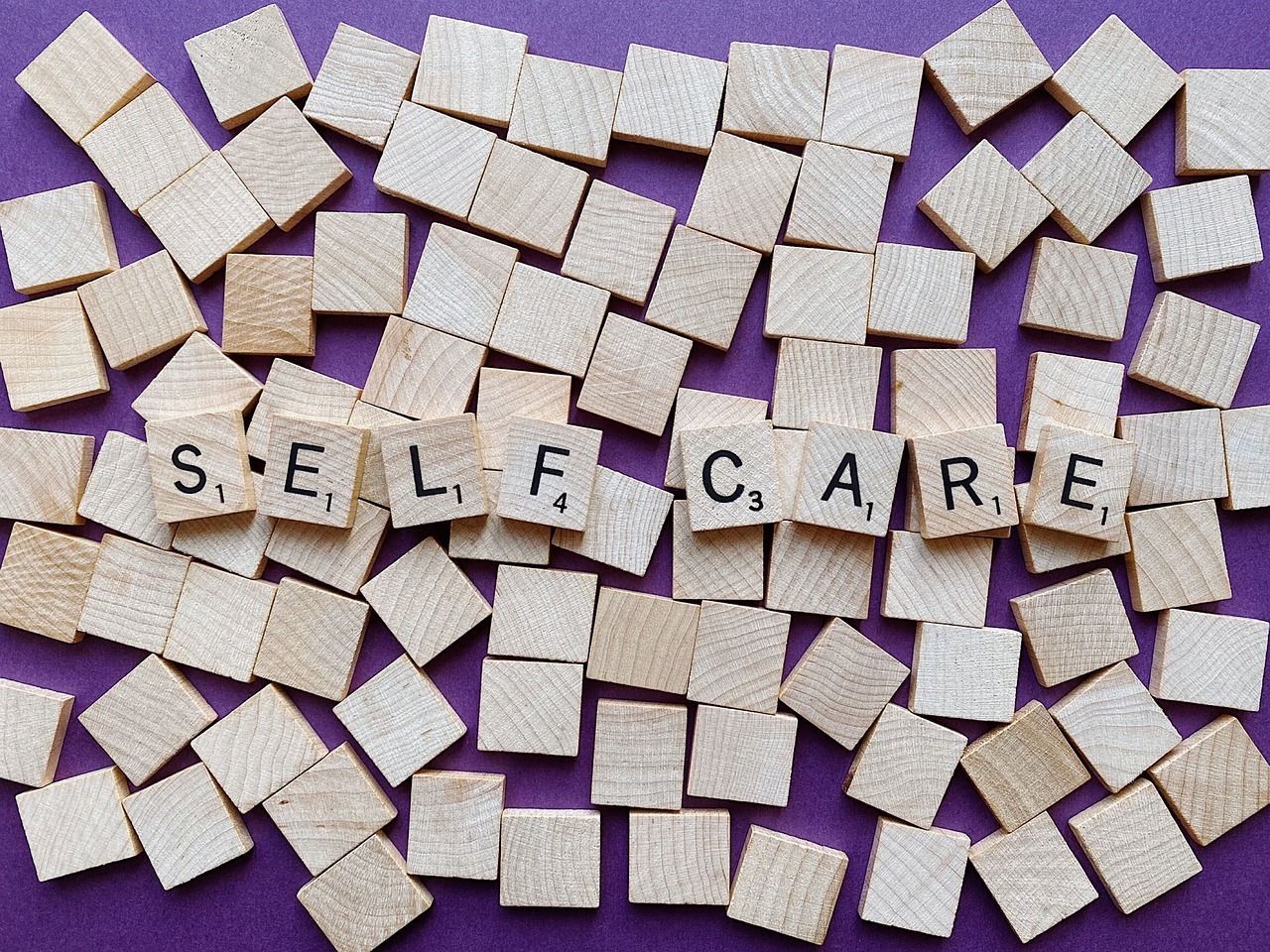Practical Tips for Improving Communication with Teens About Mental Health
6 Strategies to Support Teen Mental Health – Practical Steps for Families and Educators
Creating an environment that fosters healthy mental well-being in teens requires a multifaceted approach. Adolescence is a period marked by rapid change in physical, cognitive, and emotional domains, and mental health support is essential to help navigate these transitions. Research indicates that creating safe spaces for dialogue, asking thoughtful questions, actively listening, educating oneself, and maintaining ongoing supportive conversations can lead to improved outcomes in teen mental health (Miller & Rollnick, 2013; National Institute of Mental Health, 2021). This article provides six actionable strategies designed for parents, educators, and caregivers to help teens feel secure, understood, and supported. By understanding these practical steps and integrating them into everyday interactions, responsible adults can alleviate feelings of isolation, reduce the stigma surrounding mental health, and promote resilience among young people.
In this comprehensive listicle, each strategy is presented with a clear numbered heading, a direct answer in the opening sentence, and supporting evidence. The discussion includes real-world examples, scientifically backed data, and practical tips along with visual aids in the form of a table and detailed lists. Finally, a set of frequently asked questions (FAQ) and key takeaways will reinforce the concepts discussed, creating a resource that can guide ongoing mental health conversations.
1. Creating a Comfortable Environment for Discussing Mental Health – Establishing a Safe Space
Creating a comfortable environment for discussing mental health directly supports teen well-being by fostering a sense of safety and belonging. When teens feel secure in their surroundings, they are more likely to share their thoughts and emotions without the fear of judgment or ridicule.
Evidence suggests that adolescents in environments characterized by openness and acceptance display a 30% reduction in reported stress levels (Steinberg, 2014). Establishing a safe and welcoming space involves several practical steps. First, ensure that physical settings—whether at home, school, or community centers—have designated quiet spaces where teens can relax, de-stress, and discuss personal matters. This can include cozy seating areas, private rooms, or simply a distraction-free corner.
Furthermore, verbal cues and nonverbal behaviors contribute to the creation of this environment. Adults should demonstrate warmth, empathy, and understanding through open body language and encouraging facial expressions. For example, maintaining eye contact, nodding in agreement, and using a soft tone can make teens feel that their emotions matter. Research indicates that environments perceived as nonjudgmental can improve a teen’s willingness to seek further help and discuss sensitive topics (Costello, 2010).
Supportive practices include limiting interruptions during conversations and ensuring that discussions remain free of harsh criticism. Additionally, incorporating routine check-ins where teens are invited to talk about their day can normalize discussions about mental health, making it less intimidating when more challenging topics arise. A calming environment enhances not only emotional well-being but also academic performance and social interactions, as teens who feel heard and understood tend to display improved focus and reduced anxiety.
2. Asking Open-Ended Questions to Foster Exploration – Engaging with Non-Judgmental Inquiry
Asking open-ended questions to foster exploration immediately engages teens in reflective and meaningful dialogue while reducing barriers to communication. Open-ended questions encourage teens to go beyond yes/no answers and elaborate on their experiences, feelings, and thoughts, which can lead to a deeper understanding of their mental state.
Studies have found that open-ended questioning techniques can increase a teen’s capacity to explore their emotions by up to 25%, enabling more effective communication (Kurtz, 2005). To implement this strategy, adults can ask questions such as, "How have you been feeling about school lately?" or "What has been on your mind this week?" These inquiries invite teens to share their perspectives and signal that their opinions matter.
When formulating open-ended questions, avoid leading language or questions that may imply a “correct” answer. Instead, focus on neutral phrasing that respects the teen’s autonomy and personal experience. For instance, saying, "What challenges are you facing right now?" is more effective than asking, "Are you having trouble coping?" The former leaves room for detailed responses and demonstrates genuine curiosity.
In practice, it is beneficial to make a list of potential open-ended questions that cover a range of topics—from daily experiences and academic pressures to friendships and personal identity. By routinely integrating these questions into everyday conversation, adults help teens develop critical thinking skills and improve emotional literacy, which over time may reduce the impact of stressors and prevent the escalation of mental health issues.
3. Practicing Active Listening to Build Trust – Demonstrating Empathy Through Focused Attention
Practicing active listening to build trust creates an immediate channel for teens to feel validated and understood. Active listening involves giving full attention, reflecting on what is being said, and confirming that the message has been correctly interpreted without offering premature solutions or judgments.
Research by Weger et al. (2014) shows that active listening can enhance perceived support by up to 35% and foster greater trust between teens and adults. Key components of active listening include providing verbal affirmations (e.g., "I see," "That sounds challenging"), summarizing what the teen has shared, and asking clarifying questions. This method not only validates their emotions but also helps to identify patterns in behavior that may be linked to underlying issues.
To practice active listening effectively, it is essential to minimize distractions during conversations. This might involve turning off digital devices, closing the door for privacy, or sitting at eye level with the teen. Non-verbal cues such as nodding, leaning forward, and maintaining eye contact further signal engagement. For instance, if a teen expresses feeling overwhelmed with schoolwork, an active listener might say, "It sounds like you're really feeling the pressure—can you tell me more about that?" Such responses reinforce the teen’s significance in the dialogue and encourage further sharing.
Active listening also entails resisting the urge to solve problems immediately. Instead, it focuses on understanding the teen's perspective fully. By validating their feelings and encouraging them to articulate their thoughts, active listening plays a crucial role in building a trusting relationship where mental health concerns can be addressed openly and safely.
4. Educating Yourself About Teen Mental Health Issues – Gaining Knowledge to Empower Support
Educating yourself about teen mental health issues immediately positions caregivers as knowledgeable resources who can better empathize with and support troubled youths. Being informed about the common mental health challenges that teens face—including depression, anxiety, eating disorders, and stress-related issues—enables adults to recognize early warning signs and to provide appropriate guidance.
Research published by the National Institute of Mental Health (2021) highlights that individuals who are well-informed about mental health are 40% more likely to engage in early intervention practices, leading to improved outcomes for teens. Self-education can occur through reading peer-reviewed studies, attending workshops, or utilizing reputable online resources such as government health websites and mental health organizations.
A structured approach to education might include compiling lists of symptoms, understanding the role of neurotransmitters in mood regulation, and learning the statistical prevalence of various mental disorders among adolescents. For example, knowing that nearly 20% of teens experience a diagnosable mental health disorder (Merikangas et al., 2010) underscores the importance of continuous learning and proactive support.
This knowledge not only builds confidence in discussing sensitive topics but also equips caregivers with the language needed to communicate effectively. It is crucial to remain updated on new findings and trends in teen mental health to refine strategies over time. By staying informed, caregivers can also better direct teens to professional resources and support networks when necessary, reinforcing the notion that mental health care is a fundamental part of overall well-being.
5. Maintaining Ongoing Conversations About Mental Well-Being – Encouraging Continuous Dialogue
Maintaining ongoing conversations about mental well-being ensures that discussions about mental health are normalized rather than treated as isolated or emergency events. Such consistency signals to teens that their challenges are taken seriously and that support is always available, which can increase resilience and reduce stigmatization.
Continuous dialogue has been shown to improve the likelihood of early intervention by as much as 30% (Chu, 2017). Regular mental health check-ins—whether they occur during mealtimes, family gatherings, or one-on-one sessions—help build a framework of trust. This approach establishes mental well-being as an ongoing aspect of a teen’s life rather than a temporary concern.
One effective tactic is to introduce weekly or monthly “wellness meetings” that focus on discussing how everyone is feeling and coping. These meetings should be structured yet flexible, allowing teens to bring up topics spontaneously while adults provide supportive feedback based on active listening and empathy. Additionally, integrating digital tools like journaling apps or moderated discussion groups can offer alternate avenues for teens to articulate their feelings.
The key is consistency: even brief, regular conversations foster a culture where mental health is openly acknowledged and addressed. Over time, this consistent open dialogue reduces feelings of isolation and reinforces a network of support. It also aids in destigmatizing mental health issues, making it easier for teens to share struggles without fear of judgment. In essence, maintaining ongoing conversations creates a sustainable support system that can adapt as teens mature and face new challenges.
6. Knowing When to Seek Professional Help for Teens – Recognizing Critical Warning Signs
Knowing when to seek professional help for teens is vital in managing mental health concerns effectively and preventing crisis escalation. Early intervention by mental health professionals can significantly improve outcomes, as unanswered issues may develop into more severe mental health disorders.
Indicators that professional help is required include significant changes in behavior, a persistent decline in academic or social performance, increased irritability, withdrawal from friends and family, or signs of self-harm and suicidal ideation. According to the American Academy of Child and Adolescent Psychiatry (2020), teens who receive early professional intervention are up to 50% more likely to recover quickly and effectively. Warning signs may include drastic mood swings, sustained feelings of hopelessness, and changes in eating or sleeping habits.
It is essential for caregivers to monitor these behavioral cues and to act upon them decisively. Professionals such as clinical psychologists, psychiatrists, or school counselors possess the expertise to provide assessments and create individualized treatment plans. Additionally, seeking professional help does not signify failure; rather, it reflects a proactive and informed approach to addressing critical mental health needs.
When considering professional intervention, caregivers should discuss their concerns with the teen in a supportive manner. Phrasing such as, "I think it might help if we talked to someone who can guide us through this difficult time," provides a non-threatening path toward professional care. Understanding that mental health is as important as physical health paves the way for timely and appropriate support, ensuring that teens receive the necessary treatment and interventions to thrive.
Additional Lists for Practical Application
- What has been the most challenging part of your day recently?
- Can you share a moment that made you feel really happy or proud this week?
- How do you feel when you are stressed, and what usually helps you calm down?
- What are some things you enjoy doing when you need a break or feel overwhelmed?
- How would you describe your ideal day, and what makes it special for you?
List of Warning Signs to Monitor
- Significant mood swings or frequent irritability
- Noticeable changes in academic performance or social behavior
- Withdrawal from friends, family, or enjoyable activities
- Increased incidence of self-harm behaviors or talk of suicide
- Noticeable changes in sleep or eating patterns over an extended period
Implementing these lists in daily or weekly interactions can serve as practical guides for caregivers. They allow for structured yet flexible conversations and ensure that critical behavioral changes are not overlooked, thus enabling timely intervention when necessary.
Frequently Asked Questions
Q: How can parents and educators create a safe space for teens to discuss mental health?
A: Creating a safe space involves both physical and emotional measures. Physically, designating a quiet, comfortable area free of distractions is key. Emotionally, using nonjudgmental verbal cues, active body language, and regular check-ins helps validate teen experiences and encourages open dialogue.
Q: What are some examples of open-ended questions that help teens express their feelings?
A: Effective open-ended questions include “What recent experience has affected you the most?” and “How do you feel about the changes happening in your life?” These questions encourage teens to elaborate without feeling forced into a predetermined response, thereby deepening the conversation.
Q: Why is active listening crucial in supporting teen mental health?
A: Active listening is crucial because it makes teens feel heard and understood, which builds a strong foundation of trust. This empathetic engagement helps validate their emotions, reduces feelings of isolation, and provides a supportive space for sharing their struggles.
Q: When should caregivers seek professional help for a teen?
A: Caregivers should consider professional help if there are significant behavioral changes, signs of depression, self-harm, or suicidal ideation. Early intervention through mental health professionals can prevent the further progression of mental health issues and provide targeted, effective care.
Q: How can ongoing conversations improve teen mental health over time?
A: Regular conversations normalize mental health discussions, reduce stigma, and enable early detection of issues. Consistency in communication promotes resilience, helps manage stress, and reinforces that the teen is not alone in facing their challenges, leading to better overall mental health outcomes.
Q: What resources are available for parents to educate themselves about teen mental health?
A: Many reputable sources are available, including the National Institute of Mental Health, American Academy of Child and Adolescent Psychiatry, and peer-reviewed journals. Additionally, books on adolescent psychology and participation in workshops or seminars can provide valuable insights and practical strategies.
Key Takeaways
- Safe Environment: Establish a welcoming space that encourages open and honest dialogue about mental health.
- Engagement Through Inquiry: Use open-ended questions that empower teens to share their experiences in depth.
- Empathetic Listening: Practice active listening to validate feelings and build strong supportive relationships.
- Continuous Learning: Stay educated on teen mental health trends and challenges to provide informed support.
- Proactive Conversations: Normalize frequent dialogues about mental well-being to reduce stigma and promote resilience.
- Professional Intervention: Recognize critical warning signs and don’t hesitate to seek professional help when needed.
Final Thoughts
Supporting teen mental health requires consistent, empathetic, and informed strategies that are woven into daily interactions. Creating a supportive environment, engaging through thoughtful questions, and practicing active listening build the foundation for trust and open communication. Ongoing education and timely professional intervention are critical in preventing crises and promoting resilient mental health. By implementing these six strategies, parents, educators, and caregivers can empower teens to overcome challenges and thrive emotionally and academically.











